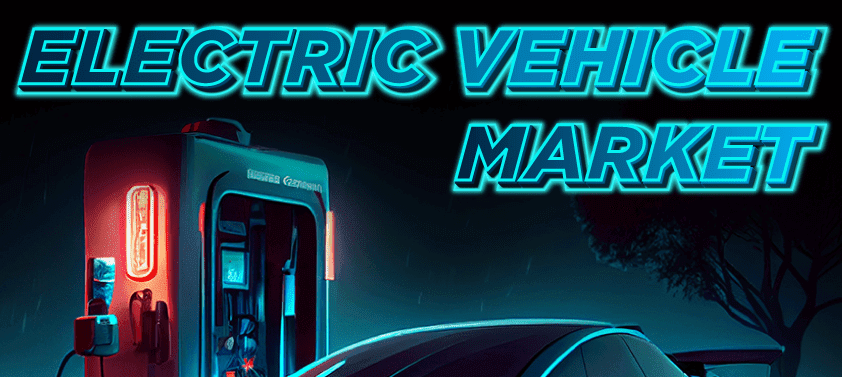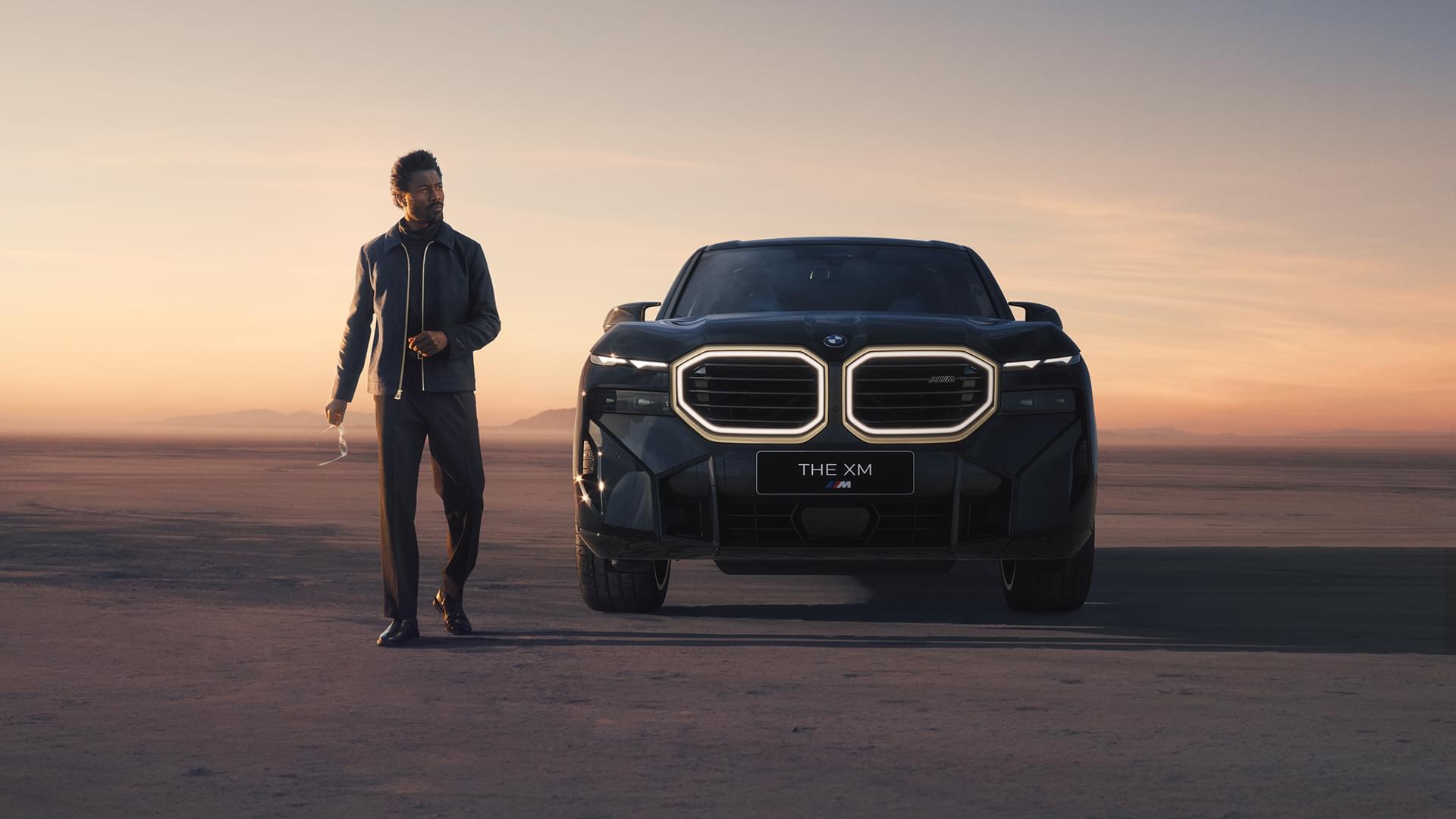. Interested in making your road trips more eco-friendly? Get up to speed on electric vehicles with this comprehensive guide. Hybrid vs. Fully Electric Vehicles:
sunnY123 April 22, 2024 0 COMMENTS
Hybrids blend a gas-powered engine with a small electric motor, sometimes with plug-in charging. Fully electric vehicles rely solely on a high-powered electric motor fueled by a large battery that requires charging at stations.
Driving Experience:
Electric cars are notably quieter and smoother due to lacking a clutch or gearbox. Acceleration is quicker, and regenerative braking reduces the need for frequent braking by converting pedal energy into battery charge. This system slows the car by reversing the motor, supplemented by traditional brakes when needed.
Safety:
Electric cars boast a low center of gravity, reducing rollover risk. Their design minimizes fire and explosion hazards in crashes. Some models, like Tesla’s, have earned top safety ratings.
Charging:
Home charging is efficient with a dedicated charger, often offset by incentives or tax credits. Public charging networks offer convenient options, sometimes even free. Charging times vary, typically ranging from 20 minutes to an hour and a half for a full charge.
Range:
While record-breaking distances exceed 670 miles, typical driving spans between 200-400 miles before needing a charge, depending on the model and charging setup.
Costs:
Initial costs for electric vehicles and charging equipment may be higher, but long-term savings accrue from cheaper electricity and reduced maintenance expenses.








